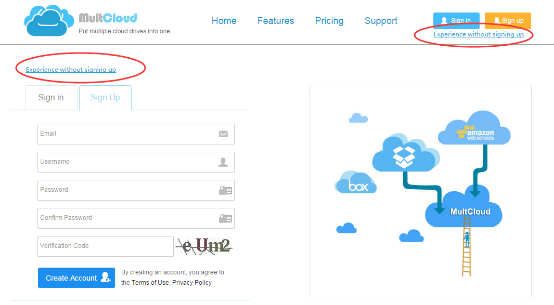

Just after the admin account, you will see a storage and database option click on that and then MySQL/MariaDB tab. Just enter whatever user name along with a password for the same you want to assign Admin account. However, this time you will see the Owncloud server setup and configuration screen rather than the Apache one.Ĭreate an admin account for Windows 10 installed Owncloud. Just like we did while checking the Apache is working or not above in this article. Step 4 –Install, Setup, and Configuring ownCloud server on Windows 10Īfter performing all the above steps again go to the browser and type or the IP address of your Windows 10 local machine. You can use your username and password: CREATE USER IDENTIFIED WITH mysql_native_password BY 'my-strong-password-here' GRANT SELECT, INSERT, UPDATE, DELETE, CREATE, INDEX, DROP, ALTER, CREATE TEMPORARY TABLES, LOCK TABLES ON owncloud.* TO privileges operations: FLUSH PRIVILEGES Here we are creating a user with the name h2smedia along with a password for the same. Now create a user with a password and at the same time assign all rights of the above-created database to that. We are creating a database with the name owncloud you can use some other name if you want. Now let’s create a MySQL user and database for OwnCloud: sudo mysql Step 9: Create a MySQL or MariaDB database for Owncloudįirst of all stop and restart the MySQL/MariaDB: sudo /etc/init.d/mysql stop sudo a2enmod headers env dir mime unique_idĪfter adding the modules restart the Apache server using the command: sudo service apache2 restart To tell the Apache about the Owncloud configuration we will create a reference or symlink using the below command: ln -s /etc/apache2/sites-available/nf /etc/apache2/sites-enabled/nfĪdd these additional modules for proper Owncloud working. Alias /owncloud "/var/www/owncloud/"Īfter adding the above lines press Crtl +O to write the files and then CTRL+X to save and exit. Now create an Owncloud configuration file using the below command: sudo nano /etc/apache2/sites-available/nfĪnd then add the following lines in it to points the Apache root directory towards the Owncloud. Step 6: Create an Owncloud configuration file for Apache The above commands will automatically download and extract the Owncloud files under the Apache directory. Here is the command to get the files required for setting up OwnCloud: sudo apt install wget unzip wget unzip owncloud-complete-latest.zip sudo mv owncloud/ /var/www/ sudo chown -R www-data:www-data /var/www/owncloud/ As you enter the IP address, the Apache testing page will open which means everything is fine and time to move to the next step.

You can find out the IP address by typing ifconfig. To check whether our Apache server is working, go to your Windows 10 browser and type or or the IP address of your Windows 10 local machine.


Step 4: Check your Windows 10 Apache installation Owncloud also needs one more PHP extension i.e intl extension, so install that too. Sudo apt-get install php libapache2-mod-php php-mysql php-gd php-json php-curl php-xml php-zip php.mb Sudo apt-get install mysql-server mysql-client Copy and paste the below one using the right mouse click and then hit the enter button. Here is the command which we need to execute for installing Apache+PHP+MariaDB. we need to set up a web server environment a LAMP setup. Step 3: Install Apache, MySql/ MariaDB plus PHP on Windows 10īefore installing the Owncloud 10.1.0. After installing click on the Launch button which in return opens the Ubuntu bash or command screen from where we can use all Ubuntu commands except a few directly on Windows 10. When the store opened, search for Ubuntu 18 to download and install. Step 2: Install Ubuntu 18.04/20.04 Linux Appįrom Windows 10 search box or the program list search for the Microsoft store. To enable the Windows subsystem for Linux feature on Windows 10, go to Search box type “ Turn Windows feature on or off” click on that as it appears and enables the WSL (Windows Subsystem for Linux) feature: For more info on this see: Enable the Windows subsystem for Linux feature Step 5: Login Owncloud server Install Owncloud Server on Windows 10 via Ubuntu Step 1: Enable the Windows subsystem for Linux (WSL)


 0 kommentar(er)
0 kommentar(er)
